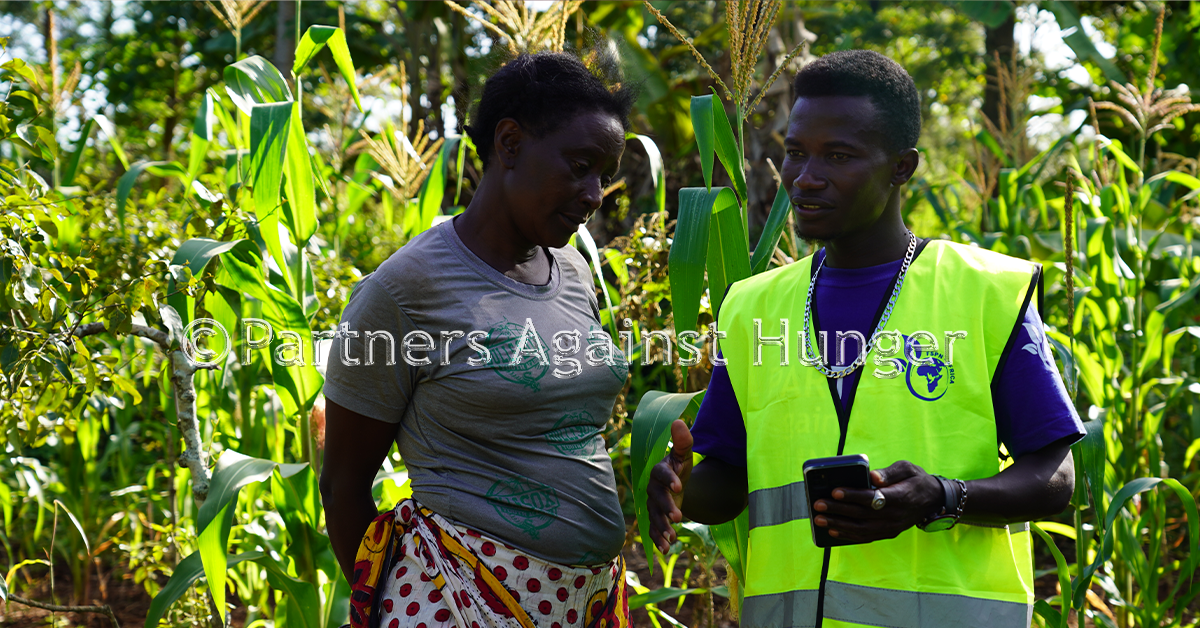
Can Youths Bridge Digital Divide In Agriculture In Africa?
Young people have the potential to be powerful agents of change in bridging the digital divide in agriculture. With the rapid advancement of technology, the gap between those who have access to the latest technology and those who do not is still a rift.
This divide is particularly evident in the agricultural sector, where access to the latest technology can mean the difference between success and failure. Fortunately, the role of youths in bridging this divide is becoming increasingly important. Absolutely! By leveraging their knowledge and enthusiasm for technology, young people can help bridge the digital divide in agriculture and can help bring the latest tools and resources to farmers and rural communities.
How can Youths contribute?
Digital Literacy and Training: Youth are often more tech-savvy and adaptable to new technologies. They can help educate and train farmers, especially older generations, in using digital tools and technologies effectively. At FSPN Africa, we have the Shamba Connectors, at the grassroots level who teach them how to access information online, use The Shamba Calendar agricultural app, interpret data, and make informed decisions.
Developing Digital Solutions: Youth can actively participate in developing innovative digital solutions specifically tailored to address the needs and challenges of the agricultural sector. These include online and offline platforms that facilitate access to information, connect farmers with markets, provide weather updates, or offer farming advice. These solutions can bridge the gap between farmers and technology, and make it easier for them to adopt and benefit from digital tools.
Advocacy: Youth can raise awareness about the digital divide in agriculture and advocate for policies and initiatives that promote digital inclusion. It is high time for the youth to delve into such matters to have their voice and ideas prototyped and documented for policy formulation. Needs change and they are better placed to propose new solutions that will see them benefit from technologies in Agriculture and innovatively contribute to the achievement of zero hunger and elevate poverty.
Organizing workshops, conferences, and community engagement activities, is a better way to encourage stakeholders to invest in rural connectivity and support programs that provide access to digital resources in agricultural communities.
Knowledge Sharing and Collaboration: In recent days we have seen some lead youths in agriculture actively engage in knowledge-sharing through social media platforms as mainstream, where they can exchange ideas, experiences, and best practices related to using digital tools in agriculture. Something positive, most of them have got markets for their products and continue to sell their services.
The Shamba Calendar App provides a community platform to allow farmers and experts to share knowledge and information about their production activities.
Additionally, by collaborating with each other and sharing their learnings with farmers and other stakeholders, they can accelerate the adoption of digital technologies and bridge the divide.
Entrepreneurship and Startups: Youth can start their own Agri-tech ventures or join existing startups focused on agricultural innovation. By leveraging their digital skills, they can create sustainable business models that address the needs of farmers as well as smart farming solutions, and precision agriculture technologies. Value addition is also one fast-growing sector that youths are leveraging to generate income and create employment opportunities.
Empowering Farmers: Youth can actively involve farmers in the digital transformation process. By conducting training sessions, workshops, or mentorship programs, they can empower farmers to use digital tools independently, access relevant information, and improve their productivity and income. Additionally, they can assist in navigating government schemes and programs related to digital agriculture.
There is an array of opportunities such as supply chain, machine operations(drone technology), and research where youngsters can start exploring to strengthen access to safe and nutritious food. Overall, youth have the potential to bring fresh perspectives, technical expertise, and enthusiasm to bridge the digital divide in agriculture. Their active involvement can lead to increased adoption of digital technologies, improved productivity, and enhanced livelihoods for farmers around the world.
